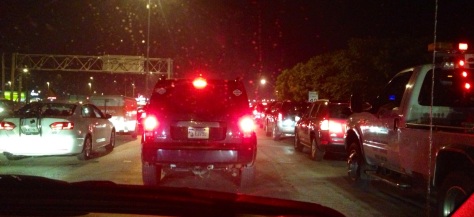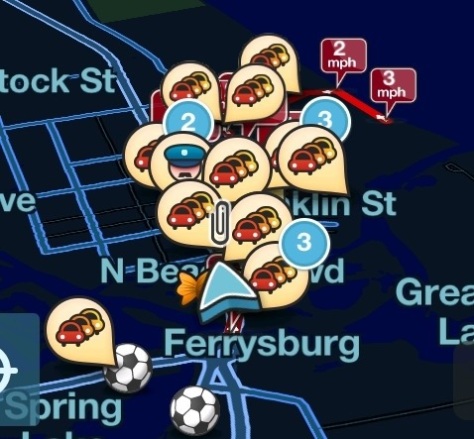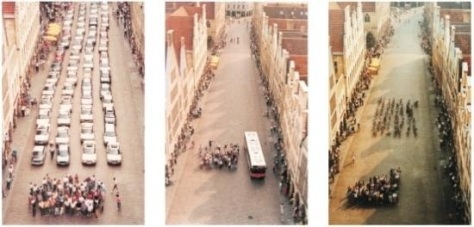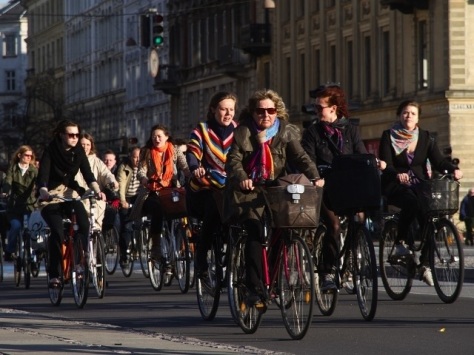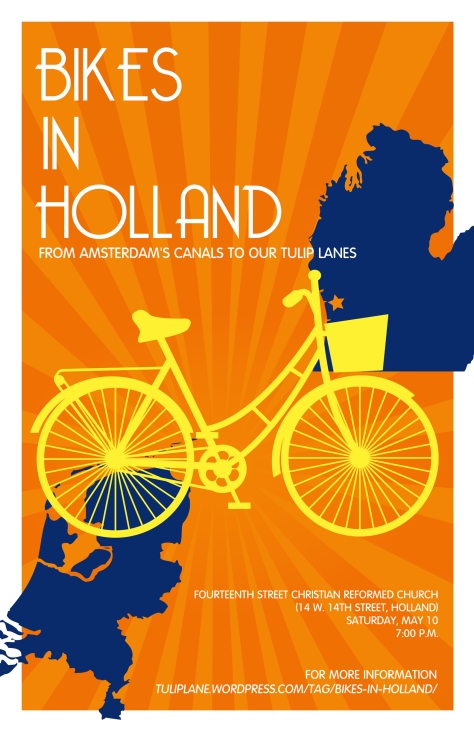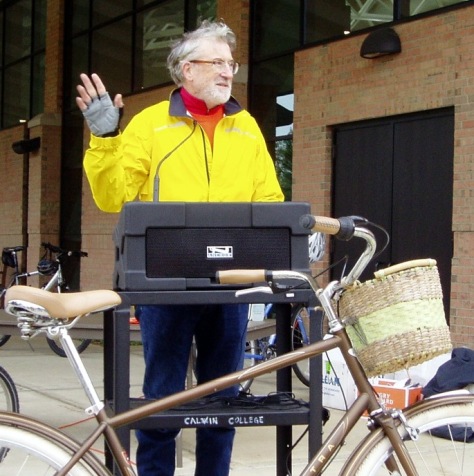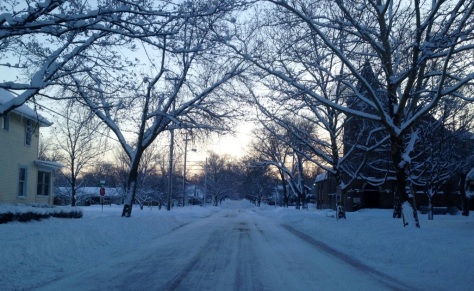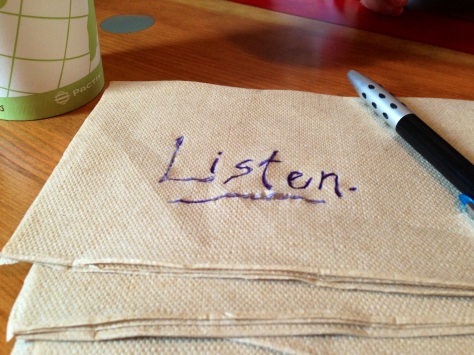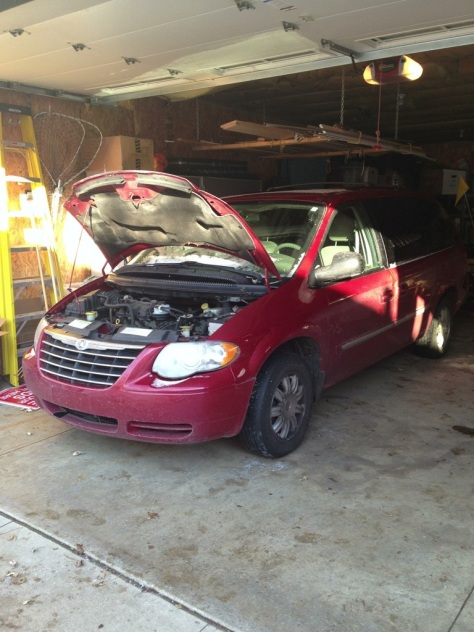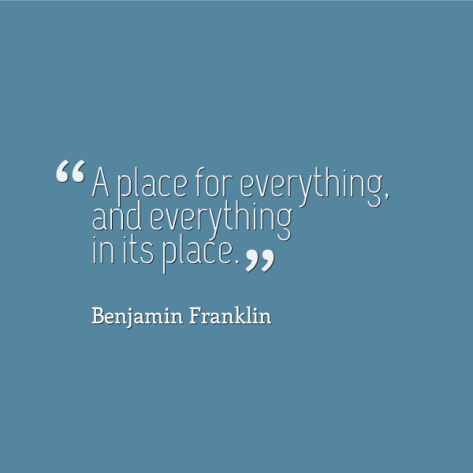Sometimes all we need is a reminder of just how free we are.
It’s early on the second day back to normal, after that endless streak of snow days at the beginning of the year.
“Mom, can we go to the playground?”
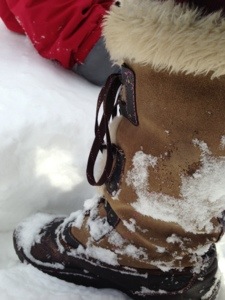
The playground…In the dead of winter?
Well, I guess I could blog about it. Sure, let’s go.
We go potty (or “go potty”) and don 27 pieces of outerwear (I count), some more than once, before crunching down to the end of the block. The temperature is in the mid-twenties, which feels unbearable in November but by January makes hats and mittens seem overdone. I can feel the beginnings of sweat at my hairline as I pull Mae across the squeaky snow and over the street-edge snowbanks in her bright new sled. I tell the five-year-old who doesn’t like to walk, the child who requested this trip, that when I was her age I walked to school every day all by myself.
She isn’t impressed.
The park we are going to is right in our neighborhood, only four or five blocks away. It takes up most of one city block and has a playground, a gazebo, a big open field and a ball diamond. After fighting the shifty sidewalk snow and a recalcitrant preschooler all the way here, my legs are ready for a break. I breathe a sigh of relief as we walk up…
…and see that, of course, the sidewalks in the park haven’t been cleared. Wearily I gaze across the field of unbroken snow and contemplate turning right back around to go home.
I’ve been hooked by the idea of winter cities, places that embrace their climate and celebrate life through every season. I can picture a miniature sledding hill in the middle of this park, sidewalks shoveled to the playground, kids playing on the playground and making snowy igloos in the baseball diamond.
Someday. Today is… different than that.
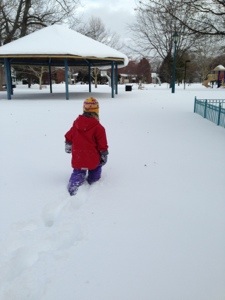
Abigail is suddenly inspired and leads the way, powering her way through the snow with her strong little legs. She stops in the gazebo, where the snow is shallower, and lays down for a minute before plowing on to the playground.
In the meantime, I have Mae in the sled and am trying to stay upright as I gracelessly drag her through this impenetrable snow bog. I’m scarcely twenty feet off the sidewalk and am beginning to wonder if we’ll even make it to the playground at all.
“WANT OUT! WANT WALK!”
Ignoring her requests is ineffective as she attempts to launch herself out of her wee chariot. So out she comes..
But the snow is “doo deep.”
“WANT UP!”
What have I done? What am I doing here? It’s the middle of winter and we walked to the playground?? What kind of crazy was this? I’m plowing through knee-deep snow carrying a two-year-old who has ever been in the 98th percentile for both height and weight, dragging the sled in which she now refuses to ride. Those prickles of sweat at my hairline have turned to droplets in a hurry. I stop and take a breather.

The sky is feathery gray and blue and has that heavy, steely look it does in winter. It’s like its colors have been put on mute for the season. There are birds flittering around the tree beside me. I can’t tell what they are, but I hear a bluejay across the park.
I pause. You can’t see the birds in this photo but a flock has hidden itself in these trees, dancing through the branches and singing their little hearts out in the middle of this Narnian season, free birds who “leap on the back of the wind,” however cold it may be.*
Their song baffles me. Don’t they know how cold it is? Don’t they long for the spring, iwth its gentle breezes and plentiful food? I think that I might sit huddled on a branch, waiting for the season to change.
And I wonder… am I waiting for an easier season, too? Don’t I wish there were fewer clothes to put on, fewer mittens to find, beautiful clear sidewalks to walk down? Don’t I wish for fewer dishes to wash, fewer early-morning wakings, beautiful little rooms that stay clean once I clean them?
Have you ever put your life on pause until spring? I have.
Maybe life is just too HARD right now. We lower our heads and hunker down, wishing for the storm to pass and waiting for an easier season to venture out.
But there’s beauty in the storm.
How much do we miss if we confine our dancing, confine our singing, to the days when the sun shines warm on our faces? How much of life passes us by if we flee indoors to escape the blowing snow that needles our cheeks?
Abandoning the sled in the gazebo I press on, feet sinking deep into the dense snow.
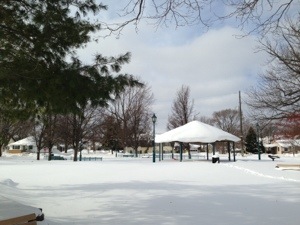
The playground was amazing. The slide that the girls normally fly off at top speed, landing on the hard ground in a crying crumple, is nearly snowed in. They slide down and then off the end on an invented luge run that extends the ride by a good fast four feet. Abigail faces her nemesis, the monkey bars, now plopping painlessly into the snow when she loses her grip. Every snowdrift is a little fort, piled up around slides and stairs, ready for hideouts and playing bad guys.
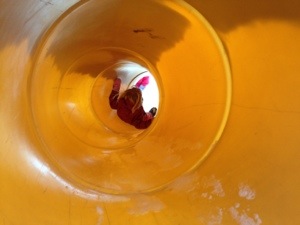
Getting there was arduous, but oh, was the journey worth it.
So much of this life is in how we face it. Whether it’s a dark night of the soul, the winter of our discontent, or a polar vortex, we’re birds in a cage with an open door. And sometimes it takes some doing, but gathering our courage and being willing to endure discomfort can make all the difference in how we experience this cold season.
The trip back goes faster. We’ve already broken the trail out to the playground, so getting back to the sidewalk is much more manageable. Over the snowbanks we clamber, cheerfully kicking aside snowplow-flung chunks of ice to arrive back home, to the favored lunch of hot tomato soup and Sunbutter sandwiches.
That thing you’ve been waiting to begin, that thing you’ve been waiting to be over with… will you settle into it this week? Take a little leap into the storm, put on a coat and find a spot of beauty in it? Will you decide this week to sing a song of freedom?*
I’d love to hear. Feel free, as always, to leave a comment or email me at tulip.lane@outlook.com. And stay tuned for an exciting announcement about an event that you will LOVE coming up next week!
Because livable places are better.
*I Know Why the Caged Bird Sings, by Maya Angelou

